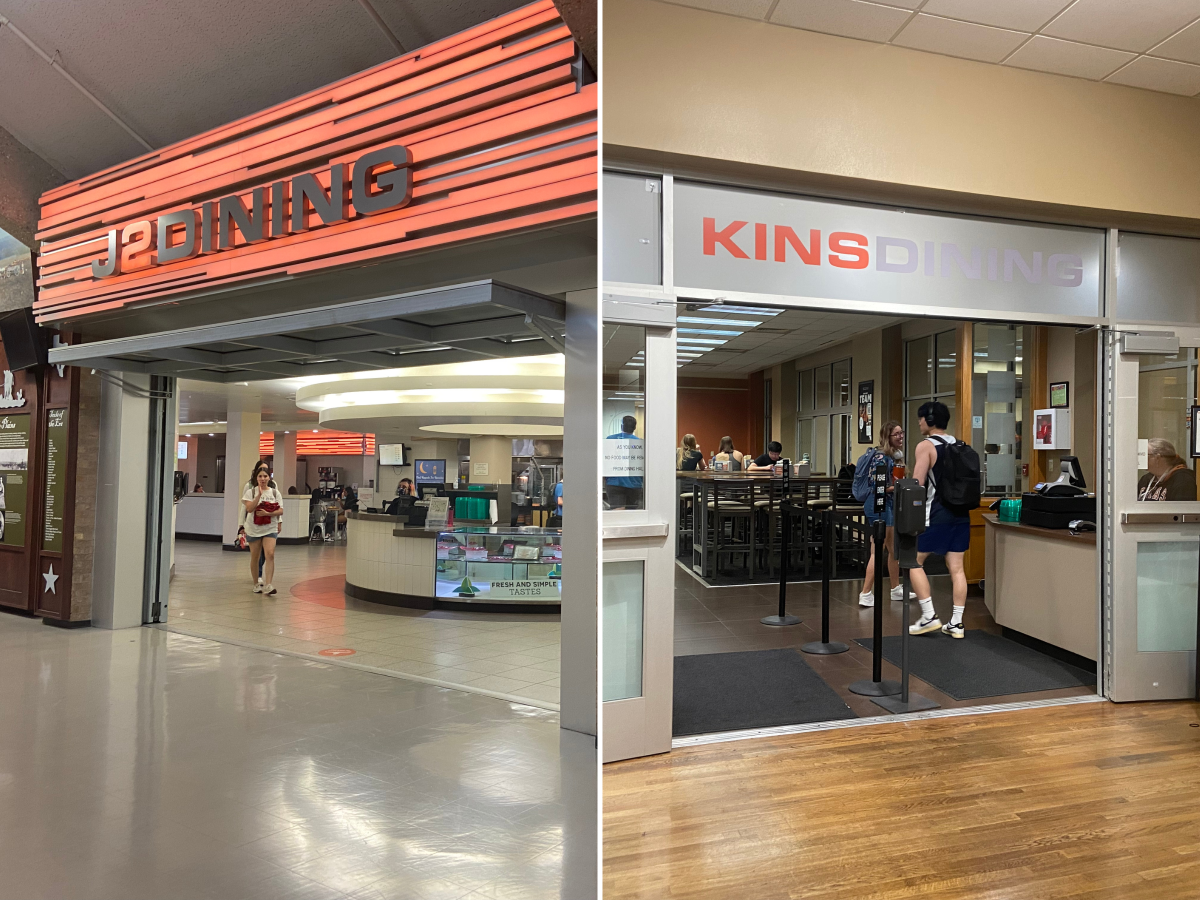By Rebekah Skelton
The Centers for Disease Control and Prevention recently published staggering new statistics on diabetes that show as many as one in three American adults could be diagnosed with the disease by 2050, a dramatic increase from the one in nine adults currently diagnosed. “This increase has to do with us being a ‘fast-food nation,’” says American Diabetes Association associate manager Dori Yeater. “Kids and adults are eating more […] trans-fat and using computers and video games as a hobby [rather] than sports and playing outdoors.”
The ADA estimates nearly 26 million people in the United States have been diagnosed with diabetes, and another 79 million with prediabetes, meaning their blood sugar levels are abnormally high but not high enough to qualify as the disease.
Diabetes affects the body’s production and use of insulin, the hormone that helps convert sugar and starches into energy. Diabetes comes in two forms: Type 1, or “juvenile” diabetes, is an autoimmune disease that usually occurs in children and young adults, in which the body does not produce any insulin.
Type 2, the more common form, is a metabolic disorder in which the body either does not produce enough insulin or doesn’t properly use it.
If the disease goes unmanaged it can cause serious complications such as heart attacks, strokes, blindness, kidney failure and nerve damage. In addition, the ADA reported over 60 percent of non-traumatic lower-limb amputations occur in people with diabetes.
Paul Perry, associate pastor of Sweet Home Baptist Church in Round Rock, underwent an amputation due to diabetes complications in November 2010. Perry says he went to see his doctor about pain in his left knee and, by chance, the doctor discovered the bone in his right big toe was dead. At his doctor’s insistence, Perry went straight to the hospital to have the toe amputated. “The doctor said if he didn’t amputate it, it would keep eating its way up,” Perry says.
Since being diagnosed with Type 2 diabetes in 2005, Perry has been hospitalized numerous times and been out of work for months. However, Perry says he never really felt sick: “Yet […] I’m missing my right great toe.”
The ADA says although diabetes is serious, complications can be prevented through careful management. Properly controlling blood pressure and cholesterol levels, eating healthy and exercising for at least 30 minutes every day are all factors in combating the disease.
“It’s a very difficult disease to manage,” says Brently Heilbron, who was diagnosed with juvenile diabetes at the age of 30, which is rare. “It takes a lot of work and a lot of focus and a lot of energy, and it’s constant and it’s every day and it’s forever.”
The ADA estimates nearly two million new diabetes cases are diagnosed every year. Jeremy Barclay, chief operating officer of Cedar Park Regional Medical Center says some of the first “alert” symptoms to notify doctors about are constant hunger and thirst, blurred vision, extreme weight loss and tingling in the limbs. “Being aware of early signs and discussing them with your physician is the best way to catch diabetes at an early stage,” Barclay says.
Since patients often wait to talk to their doctors about symptoms, once the disease is diagnosed it can be too late to treat effectively, Barclay says.
Kelley Dwyer, a member of the ADA’s community leadership board, says diabetes has a stigma that makes people reluctant to take action to fight the disease. “People think […] it’s someone’s fault for not eating well or not living in a healthy manner, but that’s actually not true,” says Dwyer, who has prediabetes. “It’s a very harmful stigma because it leads people to not get treatment and not get tested and keep it a secret.”
More information about preventing and managing diabetes is on the ADA’s website at www.diabetes.org.











































